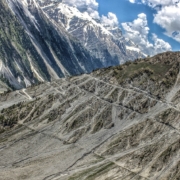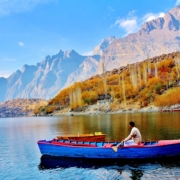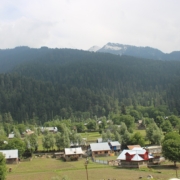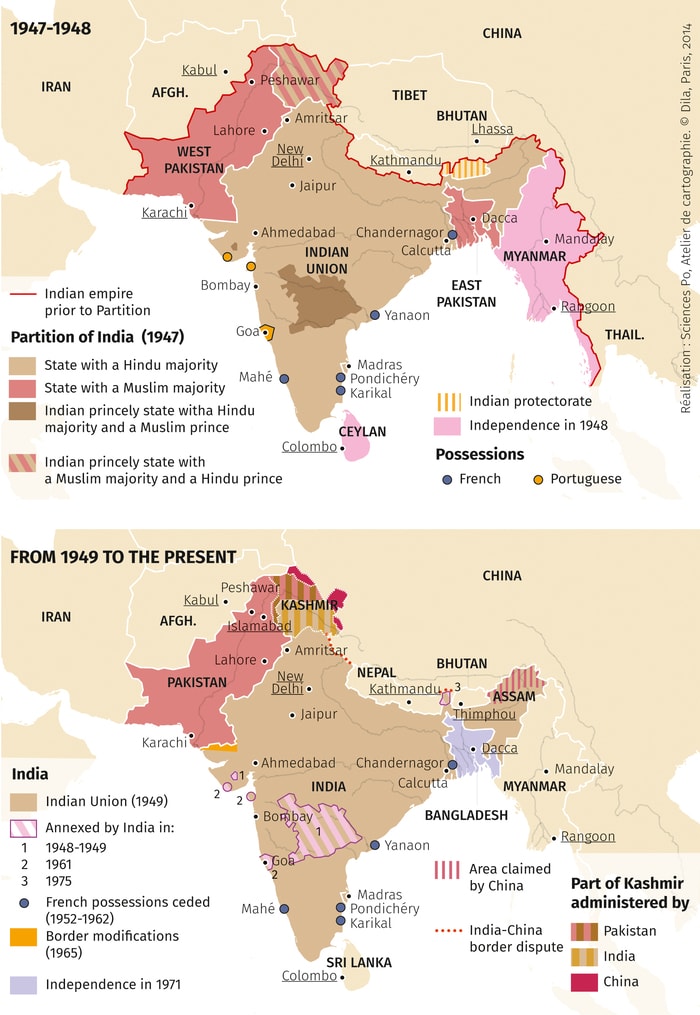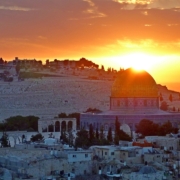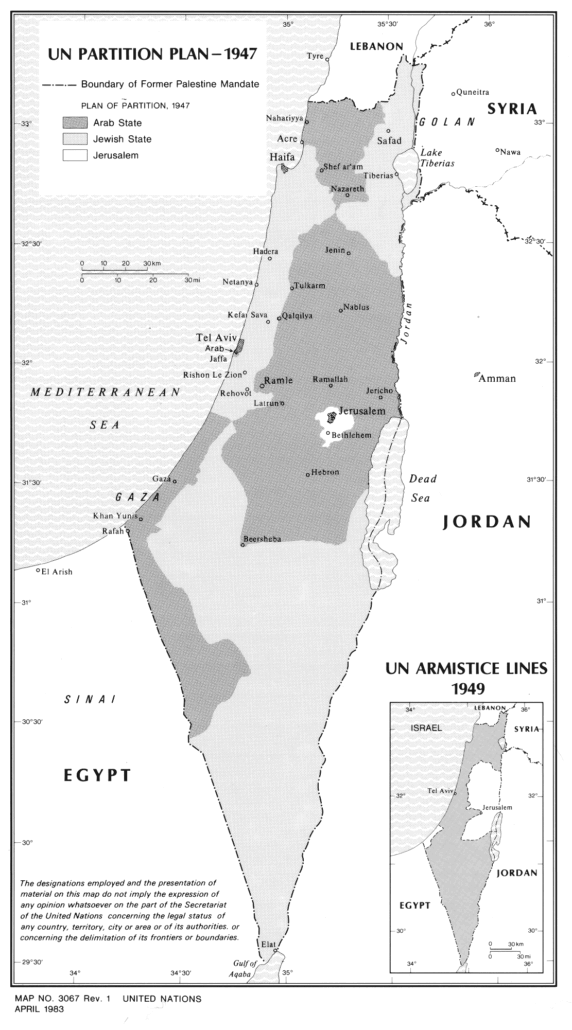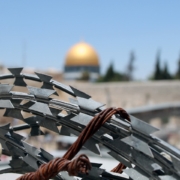What is Operation Gibraltar?
Topic of Study [For H2 History 9174 Students]:
Paper 1: Conflict and Cooperation (1948-2000)
Section B: Essay Writing
Theme III Chapter 2: Indo-Pakistani Conflict (1947-1972)
Prelude: Operation Desert Hawk
Between April and June 1965, the Pakistan Army executed Operation Desert Hawk in the Rann of Kutch, which was a large area of salt marshes between India and Pakistan. Two infantry brigades backed by Patton tanks attacked the Indian Border Police, capturing Indian posts before a ceasefire took effect on 1 July 1965.
General Muhammad Ayub Khan hailed the mission as a military victory for Pakistan. As such, Khan made plans to carry out an infiltration of the Indian-administered Jammu and Kashmir (J&K).
The first phase, Operation Desert Hawk, to be launched in early 1965, was a probing encounter to claim territory in the Rann of Kutch, where the boundary had not yet been demarcated. This operation was meant to serve several purposes. First to assess India’s responses. Next to draw India’s military forces southwards of Kutch, away from the Punjab. Thirdly to give Pakistani military forces a dress rehearsal for a full scale invasion of India later in the year, initially in Kashmir and thereafter in Punjab. Fourthly to test how far America was serious in enforcing its ban on the use of American supplied Patton tanks and other military equipment for an attack on India.
An excerpt taken from “Transition to Triumph: Indian Navy 1965-1975” by Vice Adm G. M. Hiranandani.
A covert military operation: The Gibraltar Force
In early August 1965, Pakistan launched a clandestine operation to incite local uprisings among the Kashmiri Muslims in Azad Kashmir (Pakistan-occupied Kashmir, POK) to weaken Indian authority in J&K. The operation was meant to back the Kashmiris’ right to self-determination, in hopes of joining Pakistan instead.
The operation was named after the Muslim conquest of the Iberian Peninsula in the early 700s. A battalion size force of about 8,000 was tasked to carry out the infiltration. It comprised of Kashmiri volunteers trained by the Pakistan Army as well as personnel from the Army itself.
The ‘Gibraltar Force’, about 8,000 in number, comprised officers and other ranks of the Pakistan occupied Kashmir Battalions – Razakars and Mujahids. They were given intensive training in guerilla warfare schools for six weeks in laying of ambushes, demolition of bridges and disruption of lines of communication, raids on supply dumps and unit headquarters, and armed and unarmed combat.
An excerpt taken from “MAJOR DEFENCE OPERATIONS: A Glimpse into India’s Major Military Endeavors” by GP CAPT Ranbir Singh.
Defeat awaits: The Battle of Haji Pir Pass
Yet, Operation Gibraltar ended in failure. Instead, it provoked the Indian forces to retaliate. Between 26 and 28 August, a military confrontation between India and Pakistan occurred, resulting in the former’s successful capture of the entire Haji Pir Pass in POK. The capture proved to be a fatal loss to the Pakistani forces, given that the Haji Pir Pass was a key logistic base.
Operation Gibraltar proved to be too ambitious and was found to be beyond the means of Pakistan. Contrary to Pakistani expectations, the local population of Jammu and Kashmir, by and large, neither co-operated with the infiltrators nor rose in revolt against India. By 18th August 1965, Operation Gibraltar lots its momentum.
An excerpt taken from “Vision, Courage and Service: Life and Times of General T.N. Raina, MVC” by Brigadier Satish K. Issar.
The failed operation marked a collapse of the 1949 Karachi Agreement, setting the stage for the second Indo-Pakistani War in 1965.
Join our JC History Tuition to learn more about the Indo-Pakistani conflict under the theme of Conflict and Cooperation. The H2 and H1 History Tuition feature online discussion and writing practices to enhance your knowledge application skills. Get useful study notes and clarify your doubts on the subject with the tutor. You can also follow our Telegram Channel to get useful updates.
We have other JC tuition classes, such as JC Math Tuition and JC Chemistry Tuition. For Secondary Tuition, we provide Secondary English Tuition, Secondary Math tuition, Secondary Chemistry Tuition, Social Studies Tuition, Geography, History Tuition and Secondary Economics Tuition. For Primary Tuition, we have Primary English, Math and Science Tuition. Call 9658 5789 to find out more.

